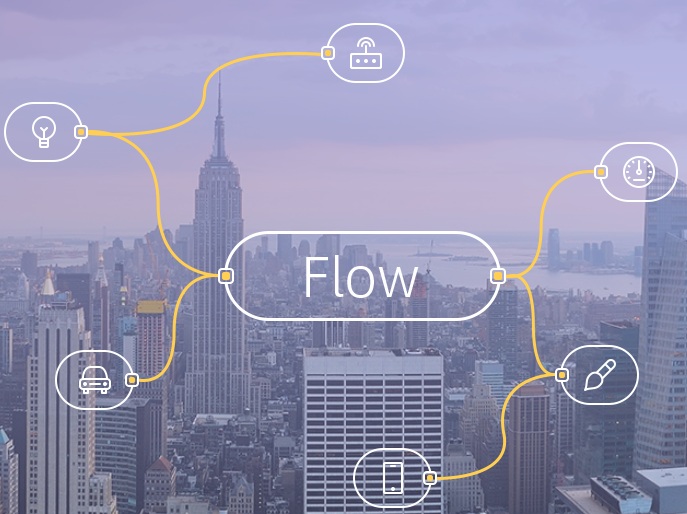
AT&T IoT Starter Kit using Flow Designer & IBM Watson Machine Learning
During one of the previous weeks, I had written about several of the Visual Development Tools for Education. It was mentioned by a a member of the community that I should have gone into more depth and that my classmates might have been interested in some of the Visual Development tools. As a result of our discussion, I decided to post another Blog for this week on the 4GLTE Starter Kit that AT&T puts out and incorporate that with IBM Watson using Deep and Machine Learning services and API’s.
The AT&T Starter Kit using Flow Designer is a robust Web-based development environment where data-driven applications can be prototyped, built, and deployed within a Cloud infrastructure. The Cloud provides highly redundant, scalable, highly available compute services that allow developers to run applications on network-grade services.
What is AT&T Flow Designer?
AT&T Flow Designer is a new cloud-based visual development tool aimed at speeding the development time to build new IoT applications. The M2X Data Service and AT&T Flow Designer relieve the enterprise developer of many of these complexities. The AT&T Flow Designer is based on open, standards-based protocols and services. As a developer, you can create, deploy, and pay as you go for only what you use with the AWS Cloud environment.
The AT&T Flow Designer will allow a developer to Create, Add, Change, or Delete environments. There is also a developer community to help troubleshoot issues, and features that allow a developer to share his or her flows with the community.
Flow Designer Features:
- Create your project
- Test your flow in the sandbox
- Modify and retest
- Import flows
- Fork public projects
The Flow Designer also supports several IoT protocols, such as UDP, TCP, MQTT (Messaging), COAP, HTTP and Web Sockets. There is an expanding library for 18 hardware and 12 software platforms
Visual design flow for IBM Watson using Cognitive API’s
Use Case: Text to Speech & Speech to Text
The Text to Speech service understands text and natural language processor (NLP) to generate synthesized audio output complete with appropriate cadence and intonation. This allows the service and/or API to detect sentiment. The Speech to Text converts the human voice into the written word. The service uses Machine Learning to combine information about grammar and language structure with knowledge and uses the composition of the audio signal to generate a more accurate transcription.
This is an example of the voice and language supported.
- English Male and Female.
- Spanish Male and Female.
- German Male and Female.
- French Female.
- Italian Female.
Language Analysis
The Language Identification service analyzes UTF-8 encoded text, detects the language used in that text, and displays the associated 5-letter ISO language code.
Image Analysis
This identifies human faces within the images, discover URLs within the images, and extracts content tags from the image.
Personality
he Personality Insights service uses linguistic analytics to infer personality and social characteristics, including Big Five, Needs, and Values, from text.
My language of choice is Python, and the Client Libraries are located here:
M2X for Python
https://github.com/attm2x/m2x-python/blob/master/README.md
M2X for Python using MQTT
https://github.com/attm2x/m2x-python-mqtt/blob/master/README.md
If you prefer to utilize a different language, there are several other languages available and can be found here.










